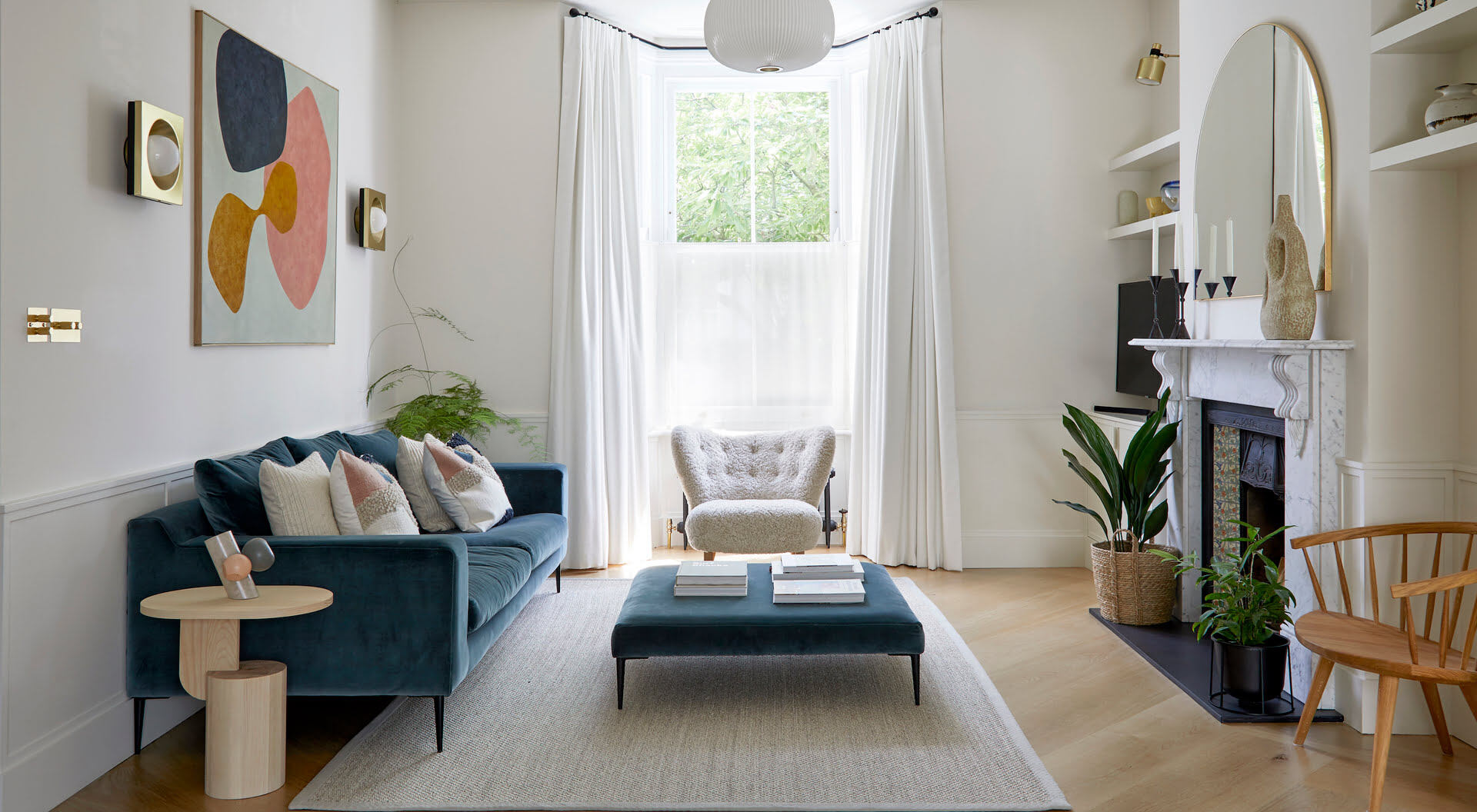

Articles
How To Add Extra Seating In Small Living Room
Modified: September 2, 2024
Learn effective strategies and creative ideas to maximize seating in your small living room with our informative articles. Enhance your space and make it more accommodating for guests.
(Many of the links in this article redirect to a specific reviewed product. Your purchase of these products through affiliate links helps to generate commission for Storables.com, at no extra cost. Learn more)
Introduction
Creating a functional and comfortable living space can be a challenge, especially when you have a small living room. Limited space often means limited seating options, which can be frustrating when you have guests or want to relax with your family. However, with a little creativity and strategic planning, you can add extra seating to your small living room without sacrificing style or function.
In this article, we will explore various ways to maximize seating in a small living room. From utilizing multifunctional furniture to incorporating ottomans and stools, we will provide you with practical and innovative solutions. Whether you’re dealing with a compact apartment or a cozy bungalow, these ideas will help you optimize your space and create a welcoming environment for both everyday use and entertaining.
So, let’s dive in and discover how you can add extra seating to your small living room, without compromising on comfort or aesthetics.
Key Takeaways:
- Maximize seating in small living rooms with multifunctional furniture, ottomans, and stools. Get creative with floating shelves, window nooks, floor pillows, and foldable chairs for stylish and space-efficient solutions.
- Transform small living rooms with hanging hammock chairs, built-in window seating, and mirrors to create the illusion of more space. Embrace versatility and style to optimize seating options for everyday living and entertaining.
Section 1: Utilizing Multifunctional Furniture
One of the most effective ways to maximize seating in a small living room is by incorporating multifunctional furniture. These pieces are designed to serve multiple purposes, allowing you to make the most of your limited space.
A popular option is a sofa bed or a futon. During the day, it acts as a comfortable seating area, and at night, it can be transformed into a cozy bed for guests. This versatile piece of furniture not only provides extra seating but also offers a convenient solution for accommodating overnight visitors.
Another multifunctional furniture idea is a storage ottoman. Not only does it serve as a comfortable footrest or extra seating, but it also provides valuable storage space. You can use it to store blankets, pillows, or even board games. By choosing a stylish ottoman, you can enhance the aesthetic appeal of your living room while adding functionality.
Furthermore, consider a coffee table with built-in seating. Some coffee tables come with hidden stools or ottomans that can be pulled out when needed. These additional seats can be tucked away underneath the table when not in use, saving valuable floor space.
Lastly, don’t forget about modular furniture. Modular sofas or sectionals allow you to rearrange the seating configuration according to your needs. You can create a corner sofa or separate the individual pieces to create more seating options. This flexibility is perfect for small living rooms as it offers versatility and adapts to your changing requirements.
By utilizing multifunctional furniture, you can optimize your small living room space and provide ample seating for both everyday use and entertaining. These pieces not only offer practical solutions but also add style and personality to your living space.
Section 2: Incorporating Ottomans and Stools
If you’re looking for additional seating options that are versatile and compact, then ottomans and stools are perfect choices. These small and portable pieces of furniture add functionality while taking up minimal space in your small living room.
An ottoman can serve as a footrest, coffee table, or extra seating. Opt for an ottoman with a flat top surface that can double as a coffee table when paired with a tray. This allows you to place drinks, books, or decorative items on top while providing a comfortable place to put up your feet or accommodate extra guests during gatherings.
Stools are another great seating option for small living rooms. They come in various styles and sizes, making it easy to find options that fit your space and complement your decor. Stools can be tucked away under a console table or used as additional seating for guests. Look for stools with hidden storage compartments to maximize their functionality.
To add a touch of whimsy and versatility, consider poufs or floor cushions. These soft and pliable seating options can be easily moved around the room to provide extra seating wherever it’s needed. Poufs come in numerous designs, colors, and patterns, allowing you to incorporate them as decorative elements that enhance your living room’s style.
When incorporating ottomans and stools, think about adding a mix of different heights and shapes to create visual interest. For example, you can pair a taller stool with a shorter ottoman or mix and match various designs to create a unique seating arrangement. This not only adds functionality but also adds an aesthetic appeal to your living room.
By incorporating ottomans, stools, poufs, or floor cushions, you can easily add extra seating to your small living room without sacrificing space or style. These versatile pieces of furniture offer flexibility, comfort, and the ability to adapt to different seating needs, making them a practical and stylish choice for small spaces.
Section 3: Installing Floating Shelves with Seating
If you’re seeking creative ways to add seating in a small living room without taking up valuable floor space, consider installing floating shelves with seating. This innovative solution combines storage functionality with seating options, making it perfect for maximizing space efficiency.
Start by selecting a wall in your living room where you can install the floating shelves. It could be a blank wall or an area that is currently underutilized. Measure the width and height of the available space to determine the dimensions of the shelves.
Once you have the measurements, purchase floating shelves that are sturdy enough to support the weight of both the shelf and the seated individual. Ensure that the shelves are installed securely and evenly spaced to create a visually pleasing arrangement.
Now, here’s where the seating element comes in. Install a cushioned bench or a padded seat directly beneath the floating shelves. Choose a cushion that complements your living room decor and provides comfortable seating. Consider using a bench with hidden storage to maximize functionality.
With this setup, the floating shelves will provide storage for books, decorative items, or even small baskets to keep your living room organized. The bench or padded seat underneath will serve as additional seating for you, your family, or guests.
Not only does this arrangement add extra seating to your small living room, but it also creates a visually appealing display. By incorporating floating shelves and a seating area, you’re utilizing vertical space effectively and transforming a plain wall into a functional and stylish focal point.
To enhance the overall ambiance, consider adding accent lighting above the floating shelves. This will not only highlight the decorative items on display but also create a cozy and inviting atmosphere in your living room.
Installing floating shelves with seating is a clever solution for small living rooms. It offers both storage and seating functionality while maintaining a sleek and minimalist appearance. Whether you use it for reading, lounging, or socializing, this innovative setup adds functionality and visual interest to your living space.
Section 4: Creating a Window Nook with Bench Seating
One of the charming and space-saving ways to add extra seating to your small living room is by creating a window nook with bench seating. This cozy and inviting spot not only provides a comfortable seating option but also utilizes the underutilized space by the window.
Start by identifying a window in your living room with enough space to accommodate a bench. Measure the width and depth of the area to determine the size of the bench. You can either opt for a ready-made bench or have one custom-made to fit the specific dimensions.
When selecting a bench, choose one with built-in storage compartments. This will provide additional storage space for blankets, pillows, or other small items, helping you keep your living room organized and clutter-free.
Place the bench against the window, ensuring it fits snugly without obstructing the window’s functionality. Adorn the bench with plush cushions and throw pillows to create a cozy seating area. Consider choosing fabrics and colors that complement your living room decor, adding a touch of style and personality to the window nook.
To further enhance the ambiance, you can install curtains or blinds around the window. This will not only add privacy but also frame the window nook, making it a focal point of your living room.
The window nook with bench seating offers a versatile space that can be used for various activities. It can serve as a reading corner, a spot to enjoy a cup of coffee while taking in the view, or a cozy space to chat with family and friends.
In addition to providing extra seating, the window nook also maximizes natural light. Its proximity to the window allows you to bask in the sunlight and enjoy the beautiful views outside. This can create a sense of openness and bring a cheerful atmosphere to your small living room.
By creating a window nook with bench seating, you’re transforming an often-overlooked space into a functional and inviting area. It not only adds extra seating but also enhances the overall aesthetic appeal of your living room.
Section 5: Using Floor Pillows and Cushions
When space is at a premium in a small living room, using floor pillows and cushions can be a fantastic way to add extra seating without taking up much space. These versatile and comfortable seating options can easily be moved around and stored, making them ideal for small living areas.
Start by selecting a variety of floor pillows and cushions in different sizes, shapes, and designs. Mixing and matching colors and patterns can add a playful and eclectic touch to your living room decor. Consider selecting cushions with removable covers for easy maintenance and cleaning.
Place the floor pillows and cushions strategically around your living room to create informal seating areas. Arrange them in a circle or semicircle to foster conversation or scatter them around the room for a relaxed and casual atmosphere. You can also stack them against a wall to serve as backrests for a makeshift bench seating area.
Utilizing floor pillows and cushions not only adds extra seating but also creates a cozy and inviting ambiance. They provide a low-lying seating option that can be suitable for children or for those who prefer a more relaxed seating position.
In addition to their functional benefits, floor pillows and cushions can also serve as decorative elements. Choose pillows and cushions that complement your living room’s color scheme and style. Whether you prefer bohemian patterns, textured fabrics, or minimalist designs, there are plenty of options to match your aesthetic preferences.
When not in use, floor pillows and cushions can be easily stacked or stored away in baskets or bins. This convenient storage solution keeps your living room neat and clutter-free, while allowing you to bring out the pillows and cushions whenever extra seating is needed.
Using floor pillows and cushions is an excellent way to add flexibility and versatility to your small living room. Whether you use them for lounging, movie nights, or casual get-togethers, they offer a comfortable and space-saving seating option that adds both style and functionality.
Consider using multifunctional furniture such as ottomans or stools that can double as seating and storage. Look for pieces that can be easily moved around to accommodate guests but also provide extra storage space when not in use.
Section 6: Adding Foldable Chairs and Stacking Stools
When you need extra seating in a small living room that is easily storable when not in use, foldable chairs and stacking stools are your go-to options. These space-saving seating solutions offer flexibility and convenience without compromising on comfort.
Foldable chairs are designed to be compact and collapsible, allowing you to easily fold and store them when they’re not needed. They come in various styles, from simple metal chairs to more elaborate designs with padded seats. Look for chairs that are sturdy and durable, ensuring they can withstand regular use.
When it comes to stacking stools, they are designed to be easily stacked on top of one another, minimizing the floor space they occupy. This makes them incredibly practical for small living rooms where space optimization is crucial. Stacking stools are available in a range of materials and designs, providing you with plenty of options to match your living room decor.
Having foldable chairs and stacking stools on hand allows you to quickly bring in additional seating whenever needed. You can easily set up the chairs and stools for guests or gatherings and then conveniently put them away when they’re no longer necessary.
In addition to their space-saving benefits, foldable chairs and stacking stools can also add a touch of style to your living room. Choose chairs and stools that complement your existing furniture and decor, ensuring a cohesive and visually appealing look.
Furthermore, foldable chairs and stacking stools can serve multiple functions beyond just seating. They can act as temporary side tables or even as impromptu footrests when paired with a cushion or a small ottoman.
When selecting foldable chairs and stacking stools, prioritize comfort along with aesthetics and functionality. Look for chairs with padded seats and backrests, and stools with comfortable cushioning. This ensures that your guests can sit comfortably for extended periods of time without sacrificing their comfort.
Adding foldable chairs and stacking stools is a practical and efficient way to expand seating options in your small living room. They provide a space-saving solution that can be easily stored away when not in use, while still offering comfort and style. With these versatile seating options, you’ll be well-equipped to accommodate guests and create a welcoming environment in your living space.
Section 7: Hanging Hammock Chairs or Swing Seats
For a unique and fun seating option in your small living room, consider hanging hammock chairs or swing seats. These suspended seats not only provide a cozy and comfortable place to lounge but also add a playful and whimsical touch to your living space.
Hanging hammock chairs are designed to be suspended from the ceiling or a sturdy beam. They offer a comfortable place to sit and relax, gently cradling you as you unwind. Hammock chairs come in various styles and materials, from bohemian-inspired macrame designs to sleek and modern designs with a cushioned seat.
Alternatively, swing seats provide a similar suspended seating experience but in a different form. Swing seats often come with a frame or can be attached to a sturdy hook. These seats allow you to swing gently back and forth, creating a soothing and calming sensation.
One of the advantages of using hanging hammock chairs and swing seats in a small living room is their space-saving nature. By suspending these seats from the ceiling or using a standalone frame, you eliminate the need for additional floor space. This is particularly advantageous in small living rooms where every square foot counts.
Additionally, hanging hammock chairs and swing seats can become focal points or statement pieces in your living room. Their unique design and suspended nature draw attention, making them eye-catching and conversation-starting elements in your decor.
When it comes to installation, it’s essential to ensure that the ceiling or supporting structure can handle the weight of the chair or seat. Seek professional assistance if necessary to ensure proper installation and safety.
Whether you choose a cozy hammock chair or a swinging seat, hanging seating options provide a delightful and relaxing experience. Curl up with a book, take a nap, or simply enjoy the gentle sway as you unwind from a long day.
By incorporating hanging hammock chairs or swing seats in your small living room, you infuse the space with a sense of whimsy and create a cozy nook for relaxation and rejuvenation.
Section 8: Building Built-in Window Seating
A clever and space-saving solution for adding extra seating in a small living room is to build built-in window seating. This not only maximizes the use of underutilized space but also creates a cozy and functional area for sitting, reading, or simply enjoying the view.
To begin, identify a suitable window in your living room with enough space to accommodate built-in seating. Measure the width, height, and depth of the area to determine the dimensions for constructing the seat and any accompanying storage.
Next, decide on the design and style of the built-in seating. You can choose to create a simple bench-style seat or a more elaborate window nook with built-in storage underneath. Consider incorporating drawers, cubbies, or hinged lids for easy access to the storage space. This provides an excellent opportunity to declutter your living room and keep essentials neatly organized.
When it comes to materials, opt for sturdy and high-quality wood or MDF (medium-density fiberboard) that can withstand regular use. Ensure that the seat is well-supported to provide a comfortable and secure seating surface.
Once the built-in seating structure is ready, add cushions to make the seating area comfortable and inviting. Choose fabrics and colors that complement your living room decor to enhance the overall aesthetic appeal.
Building built-in window seating not only provides additional seating options but also introduces a cozy and intimate atmosphere to your living room. It creates a designated space for relaxation and can serve as a quiet corner for reading or enjoying a cup of coffee.
In addition to the seating aspect, the built-in design takes advantage of the natural light coming through the window. It allows you to bask in the sunlight, creating a warm and inviting ambiance in your living room.
Furthermore, the built-in seating can also serve as a versatile space for various activities. It can act as a work area for studying or remote working, or even as a spot for children to play or do crafts. The flexibility of this seating option makes it a valuable addition to your small living room.
By building built-in window seating, you’re utilizing otherwise unused space and transforming it into a functional and aesthetically pleasing feature in your living room. It not only optimizes your seating options but also adds character and charm to your living space.
Read more: How To Add Color To Living Room
Section 9: Utilizing Mirrors and Reflective Surfaces
When it comes to optimizing a small living room and creating the illusion of more space, utilizing mirrors and reflective surfaces is a clever strategy. These elements have the power to visually expand the room by bouncing light and creating a sense of openness.
One effective way to incorporate mirrors is by choosing a large wall mirror and strategically placing it in your living room. Ideally, position the mirror across from a window or a source of natural light to maximize the reflection. The mirror will not only enhance the brightness of the room but also create the illusion of depth and make the space feel larger.
In addition to a wall mirror, consider incorporating mirrored furniture pieces, such as a coffee table or console table. These reflective surfaces can help bounce light around the room and give the impression of a more expansive living area. Additionally, mirrored furniture adds a touch of glamour and modernity to your decor.
Another effective technique is to use mirrored or glass shelves. By displaying decorative objects or plants on these shelves, you create a layered and visually interesting look. The reflective surfaces of the shelves further contribute to the perception of a larger space.
Including reflective surfaces within your living room decor, such as shiny metallic accents or glass accents, can also play a role in expanding the visual depth of the room. Look for furniture pieces or decor items with reflective finishes, such as chrome, stainless steel, or glass, to add a touch of shine and glamour.
Furthermore, incorporating light-colored or glossy finishes on furniture and walls can help reflect light and create a sense of airiness in the room. Consider opting for light-colored paint or wallpaper on the walls and selecting furniture with smooth and reflective finishes.
By strategically incorporating mirrors and reflective surfaces into your small living room, you can transform the perception of space. The light-reflecting properties will add brightness, depth, and a sense of expansiveness to your living area, making it feel more open and welcoming.
Remember to experiment with the placement and orientation of mirrors and reflective surfaces to find the arrangement that best suits your living room layout and maximizes the desired visual effect. With careful attention to these design elements, you can create a spacious and inviting ambiance in your small living room.
Conclusion
Maximizing seating in a small living room doesn’t have to be a challenge. By implementing the right strategies and incorporating creative ideas, you can create a functional and inviting space that comfortably accommodates both everyday living and entertaining guests.
We explored various techniques for adding extra seating in a small living room, such as utilizing multifunctional furniture, incorporating ottomans and stools, installing floating shelves with seating options, creating a window nook with bench seating, using floor pillows and cushions, adding foldable chairs and stacking stools, hanging hammock chairs or swing seats, building built-in window seating, and utilizing mirrors and reflective surfaces.
Each of these ideas offers a unique approach to maximize seating while optimizing space efficiency and maintaining a stylish aesthetic. Whether you prefer a cozy and intimate seating arrangement or a more versatile and flexible setup, there are options to suit your needs and preferences.
Remember, it’s essential to strike a balance between functionality and aesthetics. Consider the style, color scheme, and overall ambiance of your living room when choosing seating options to ensure a cohesive and visually pleasing result.
By implementing these ideas and getting creative with your seating arrangements, you can transform your small living room into a comfortable and inviting space that meets the needs of your household and leaves a lasting impression on your guests.
So, don’t let the size of your living room limit your seating options. Embrace these strategies, let your imagination soar, and create a space where everyone can gather, relax, and enjoy each other’s company.
Frequently Asked Questions about How To Add Extra Seating In Small Living Room
Was this page helpful?
At Storables.com, we guarantee accurate and reliable information. Our content, validated by Expert Board Contributors, is crafted following stringent Editorial Policies. We're committed to providing you with well-researched, expert-backed insights for all your informational needs.
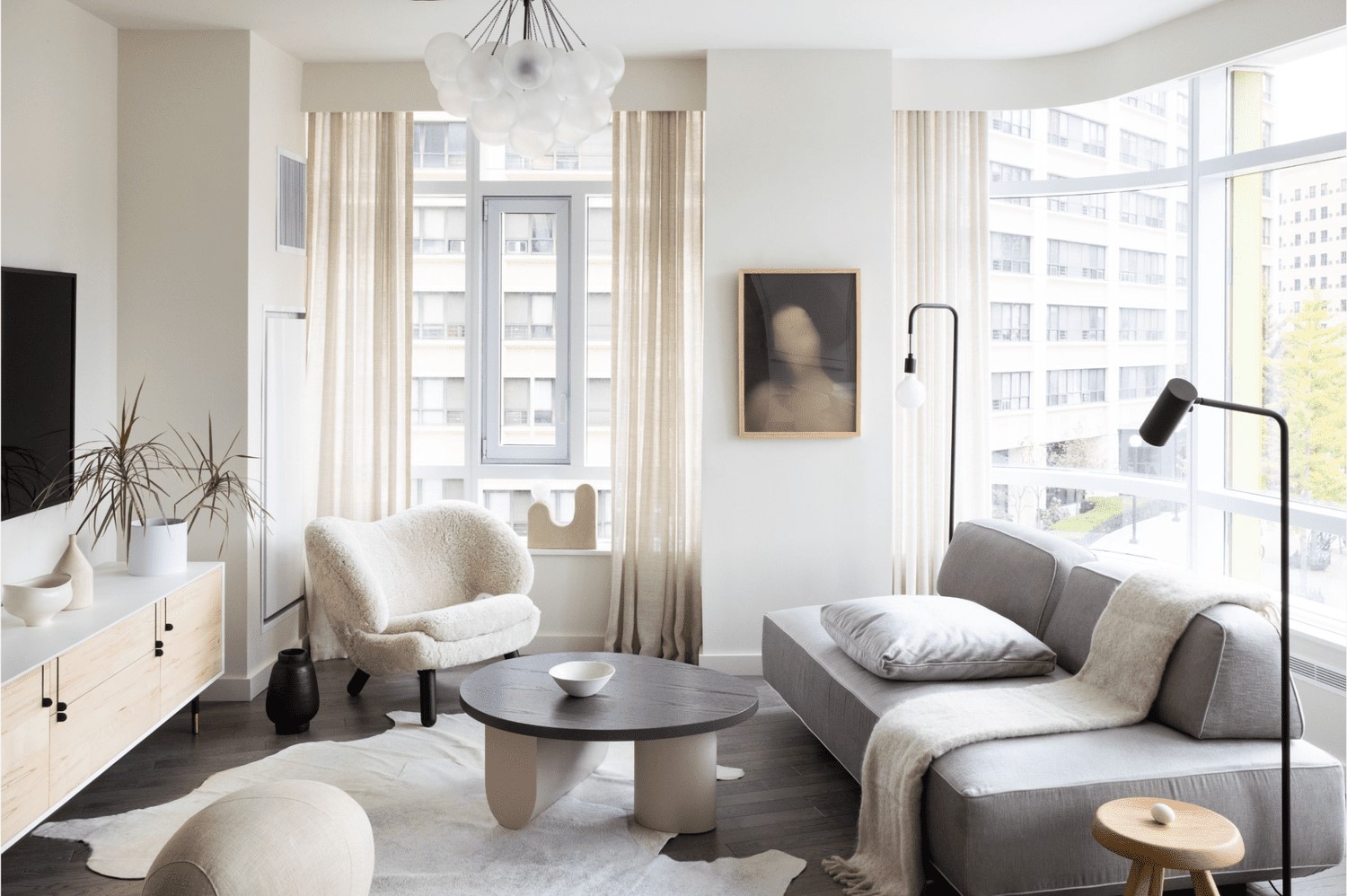
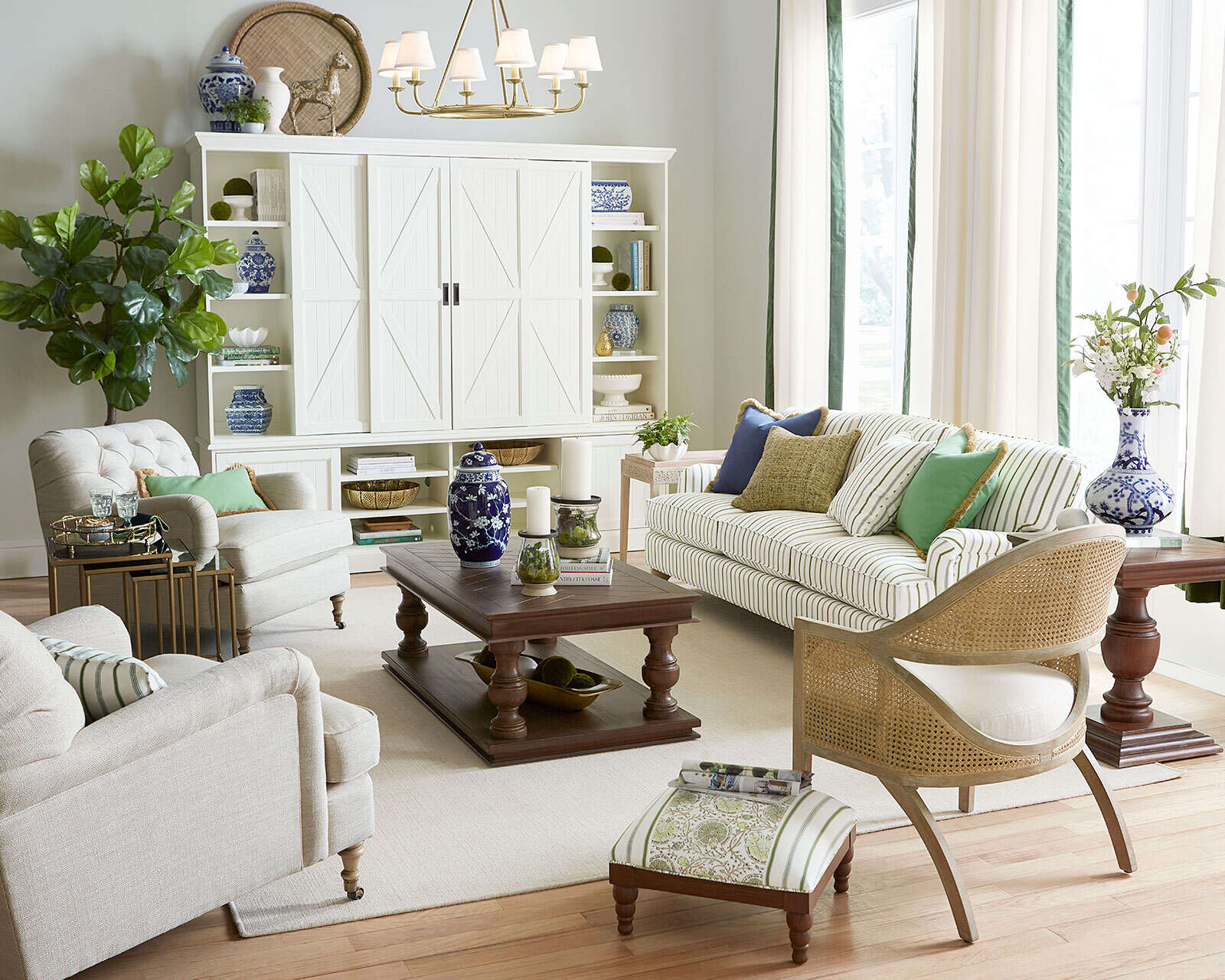
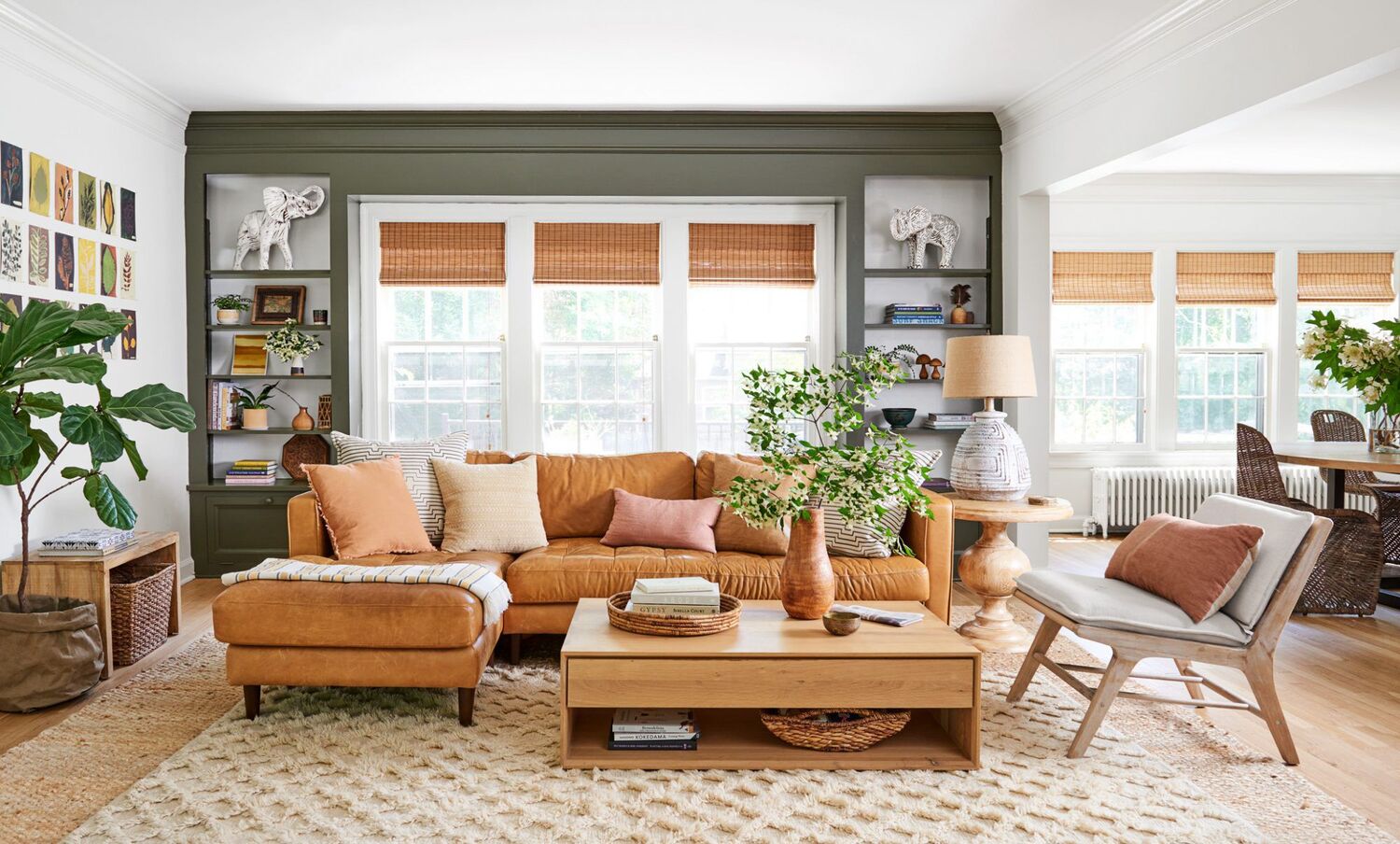
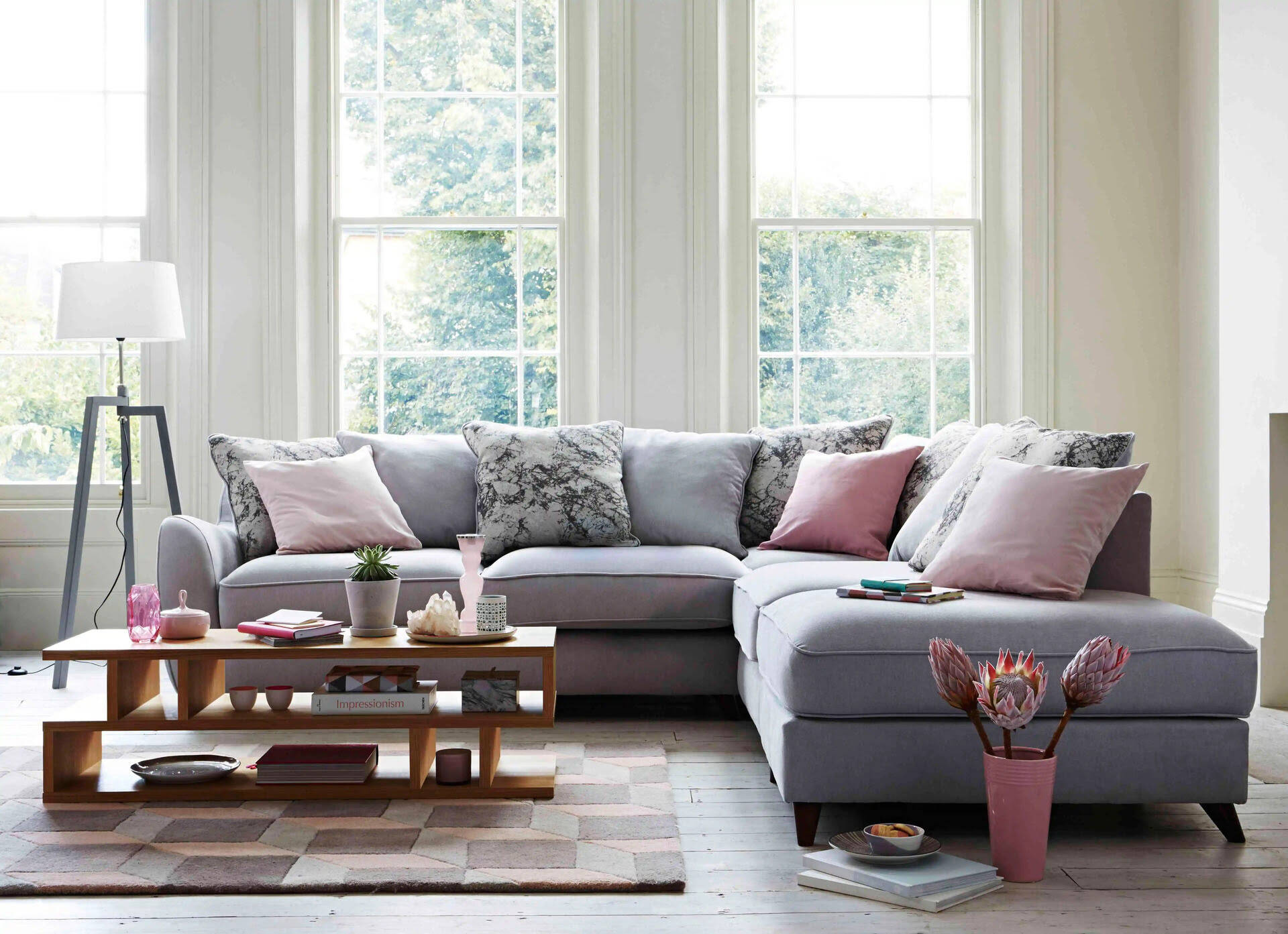
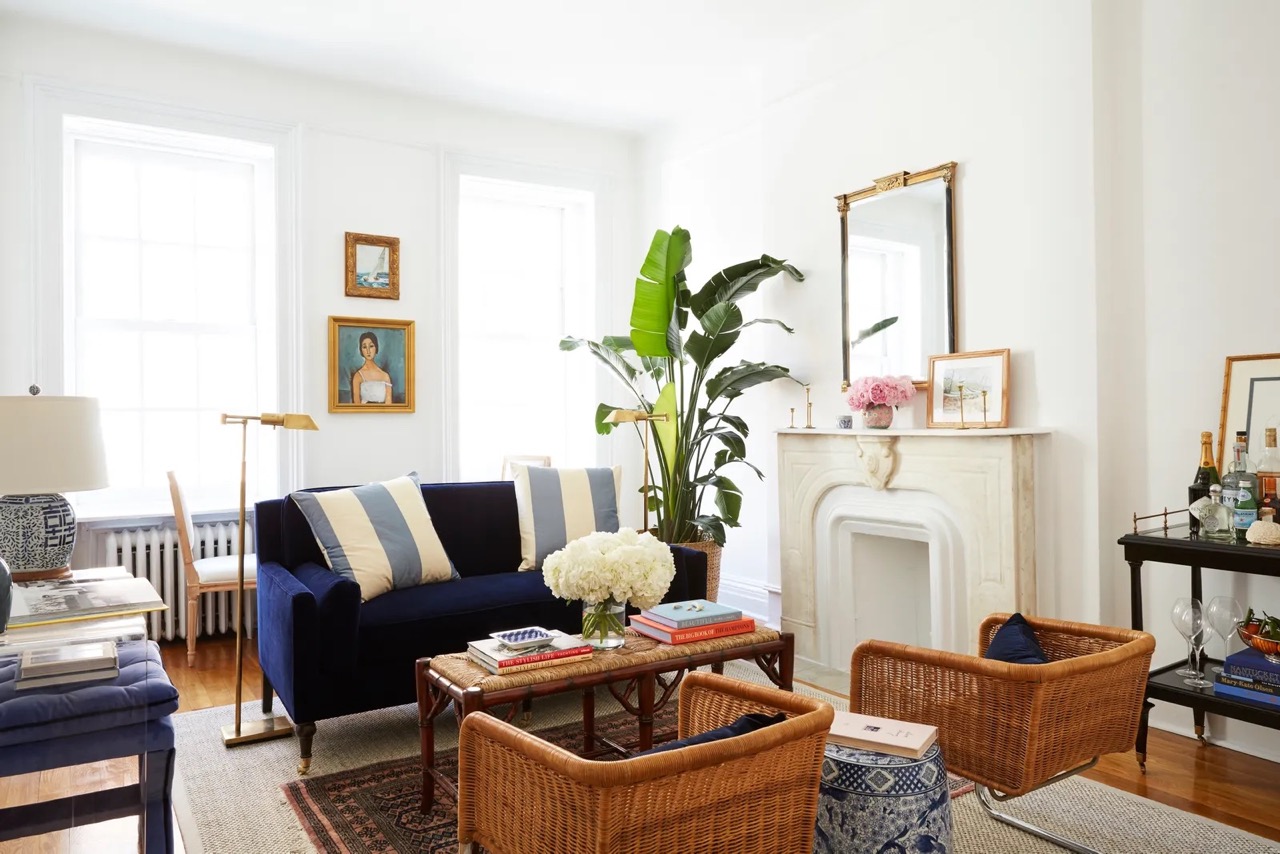
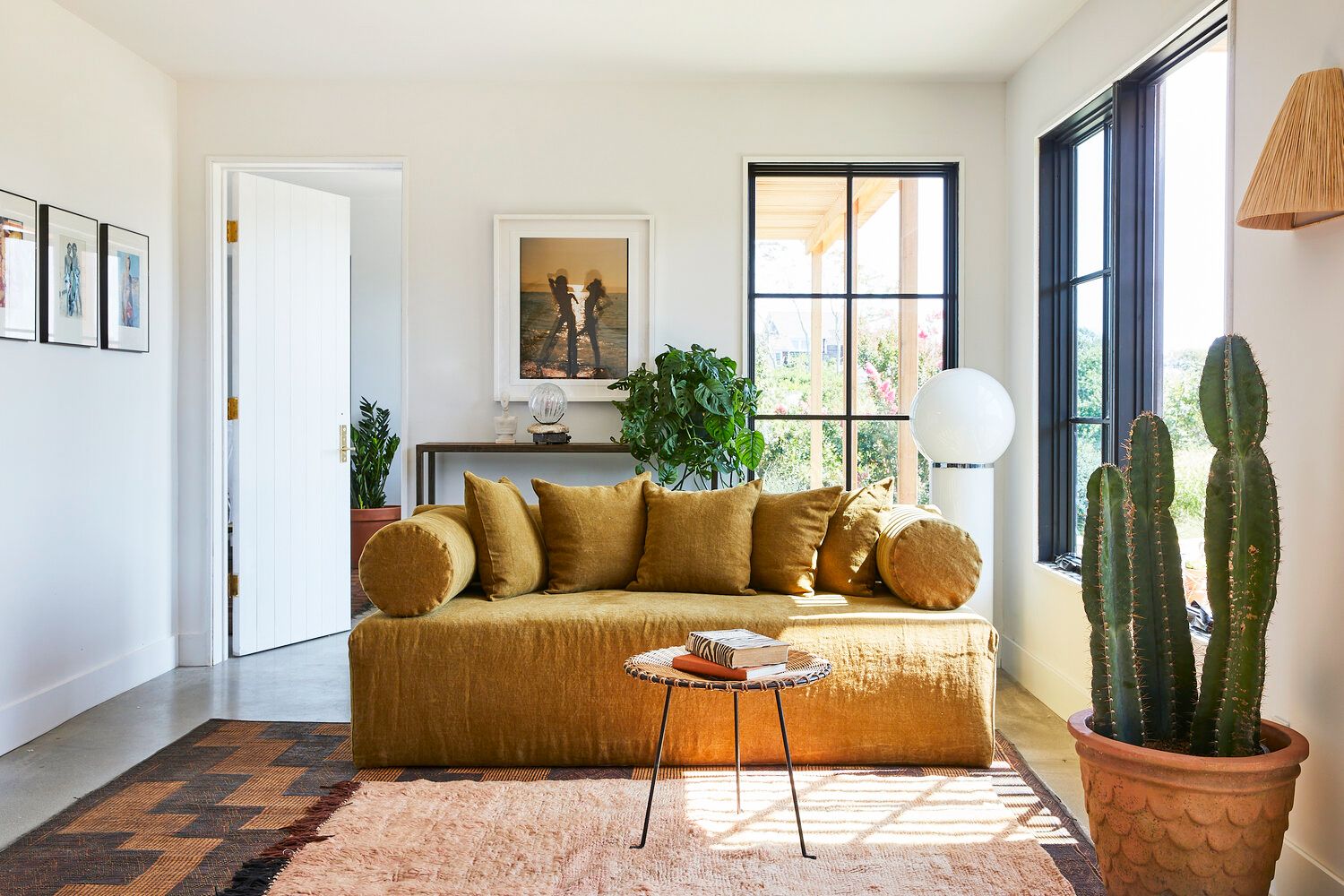
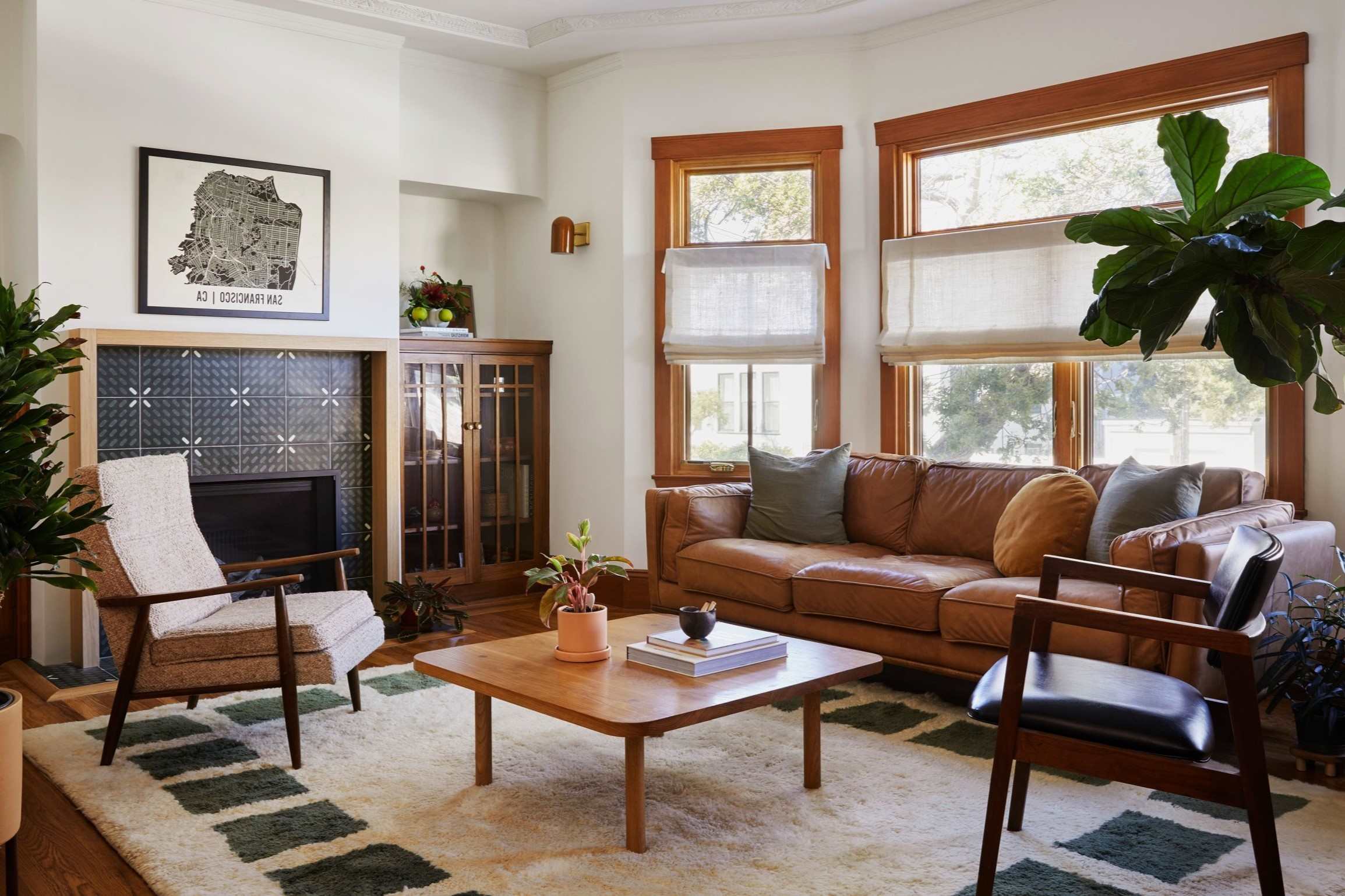
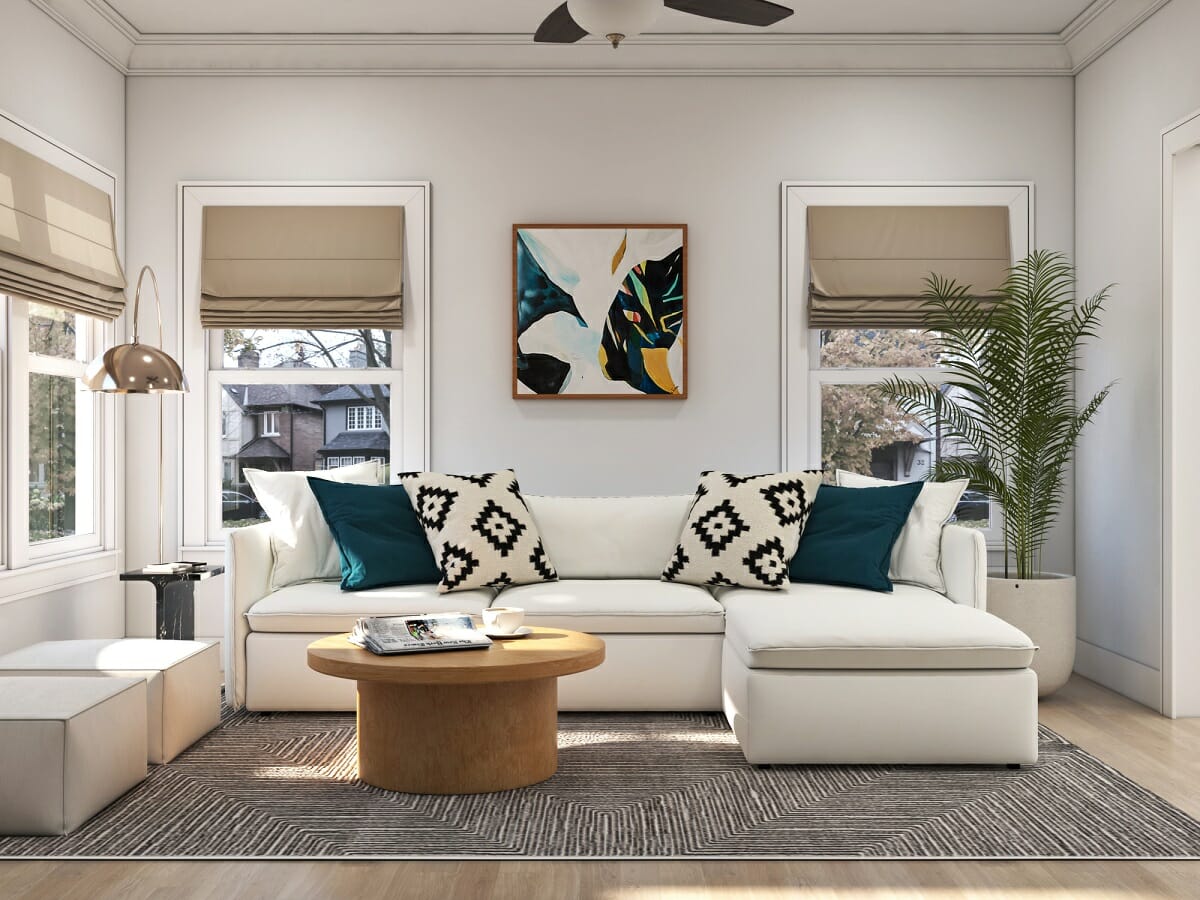
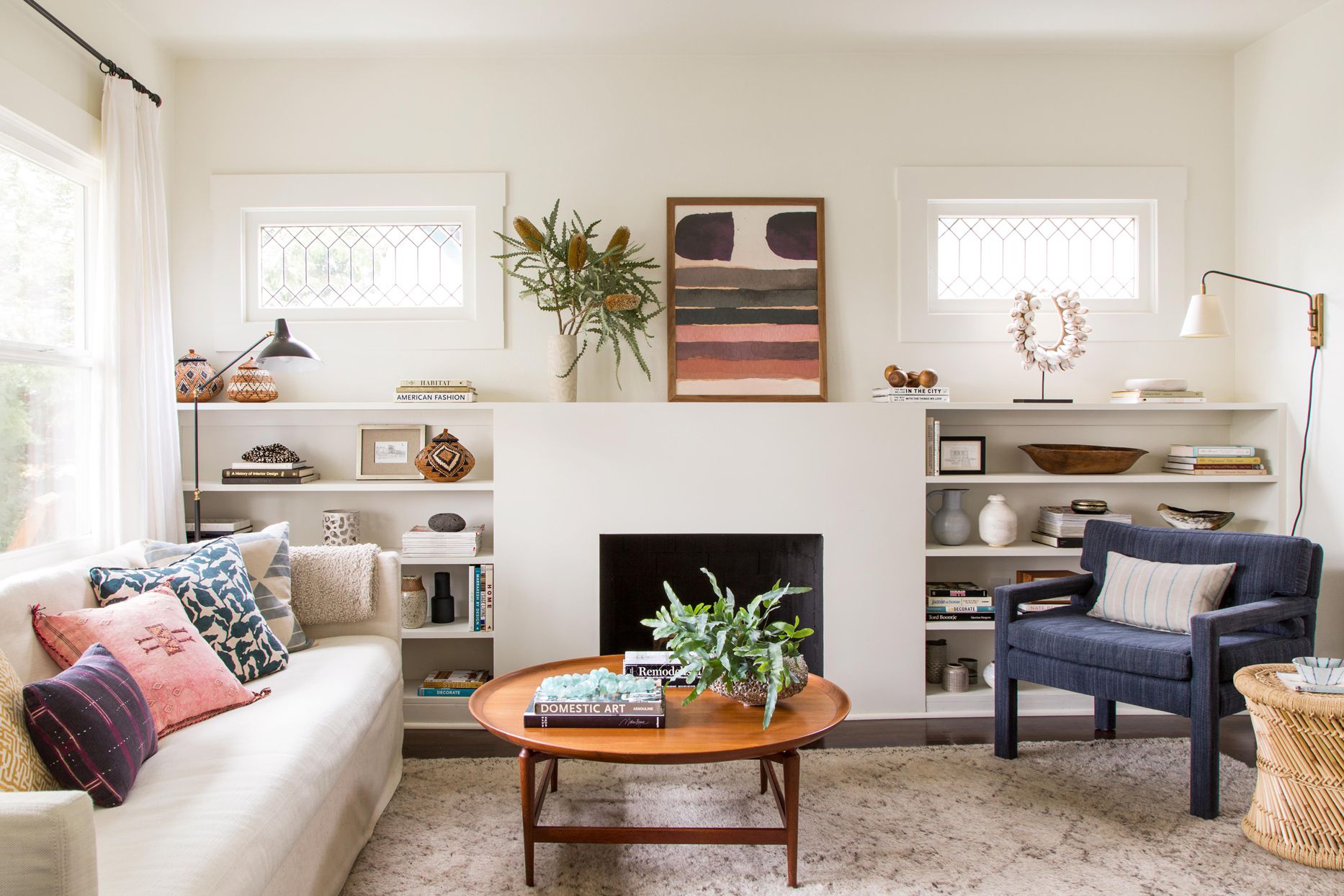
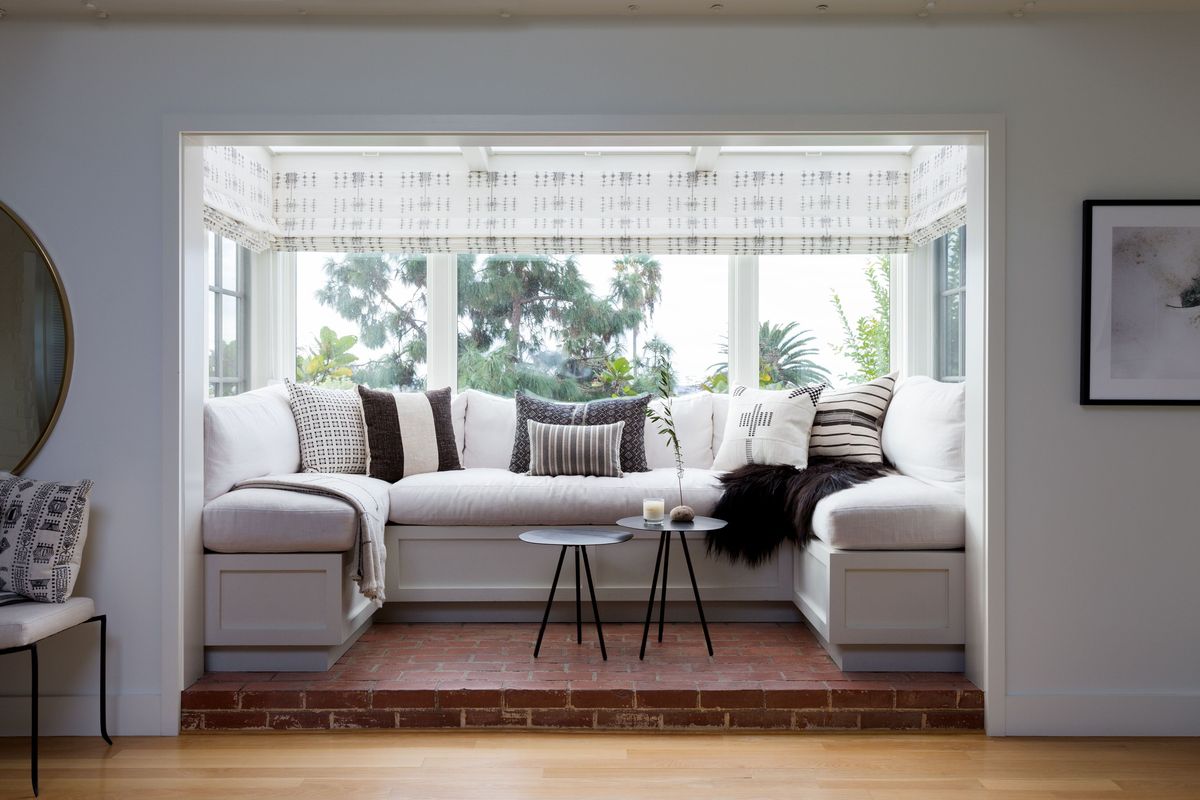
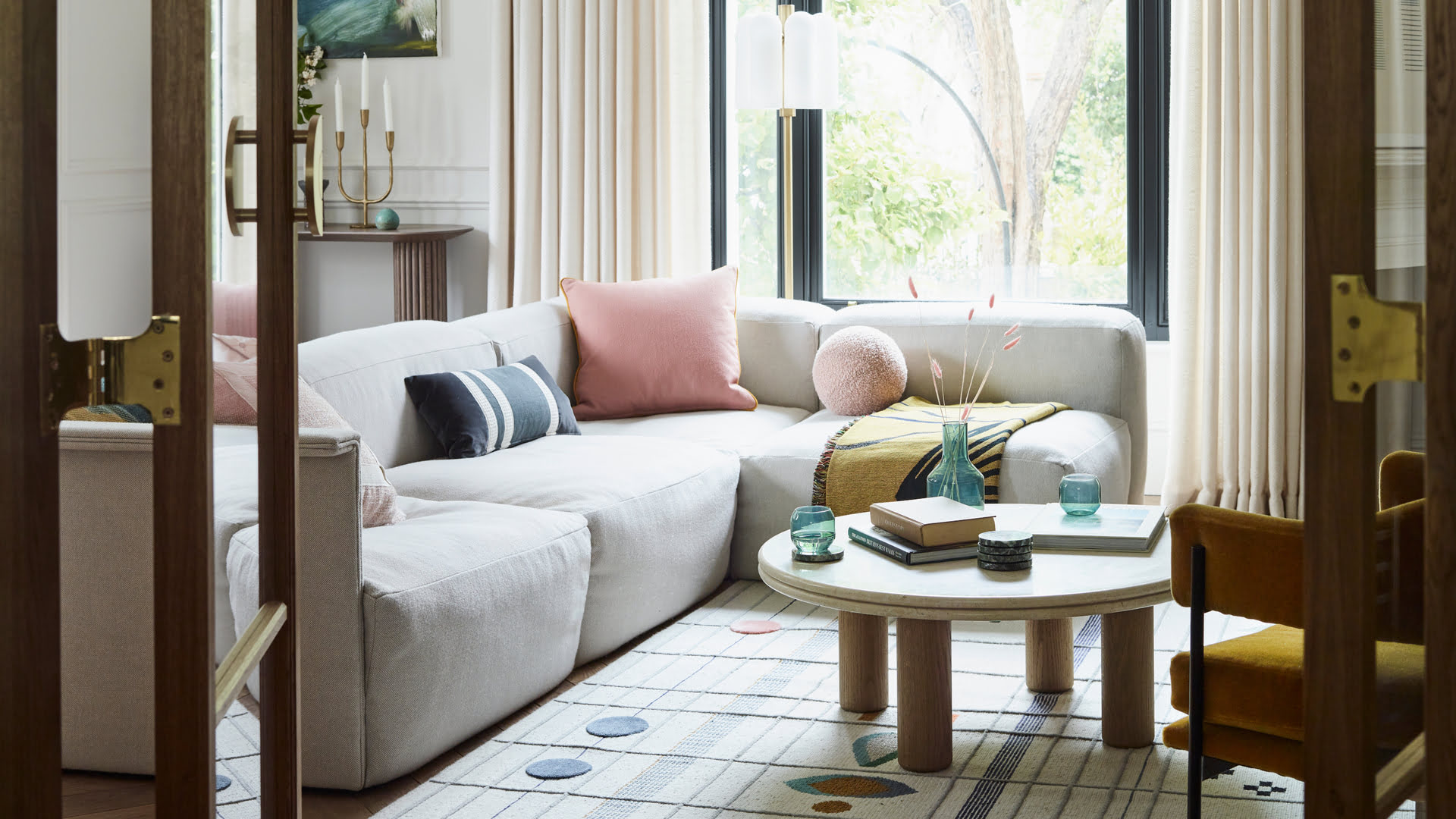

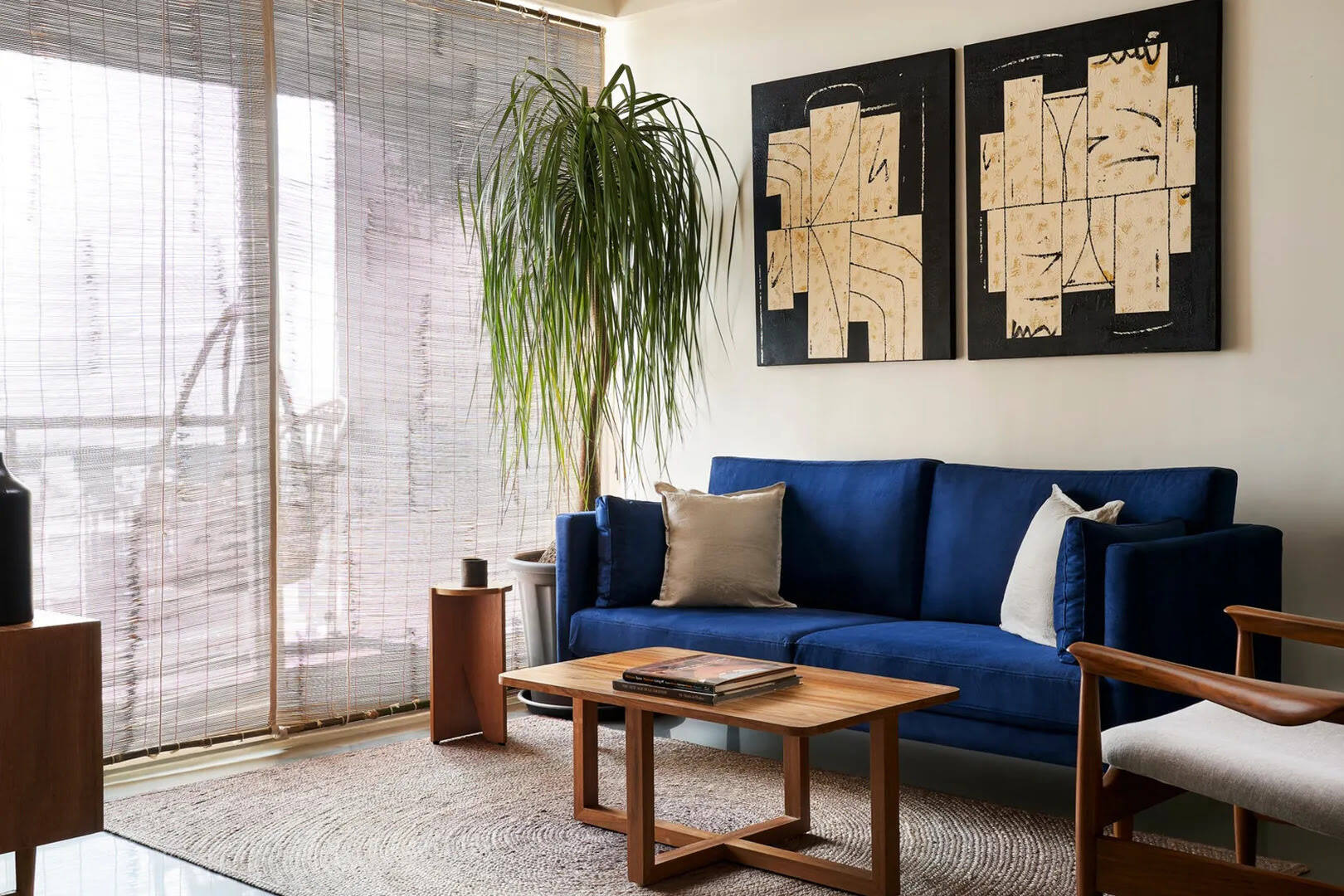

0 thoughts on “How To Add Extra Seating In Small Living Room”